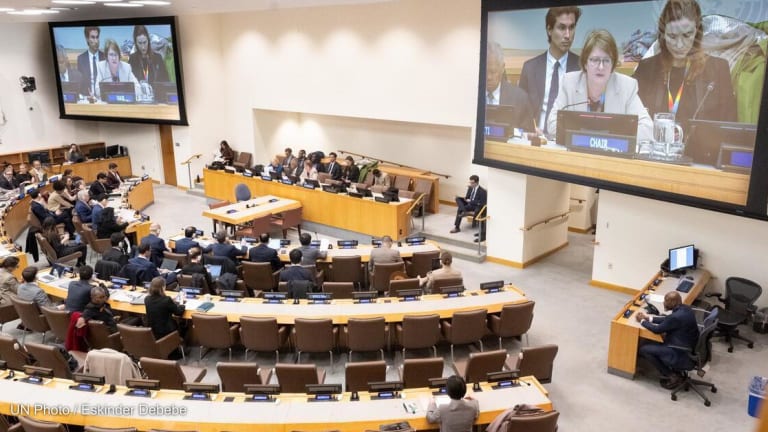In 2018, I stood with a local mayor in central Mali reviewing the rubble of a gendarmerie post destroyed by insurgents the night before. Only weeks earlier, the United Nations Security Council had adopted Resolution 2423, expanding the stabilization mandate of the U.N. mission in Mali, known as MINUSMA, to central regions such as Mopti — then engulfed in intercommunal conflict, terrorism, and institutional collapse. We had no additional resources, but the expectation was clear: Deliver “stabilization.”
That 2018 moment crystallized the gap between political aspiration and operational reality — between mandates written in New York and the dynamics unfolding in villages like Ogossagou or Koro. It highlighted how Security Council resolutions often struggle to account for the complex interplay of local grievances, armed group agendas, and fragile state authority on the ground.
In the context of a U.N. peacekeeping mission, stabilization refers to integrated, multidimensional efforts aimed at supporting a country’s transition from conflict or crisis toward sustainable peace, security, and development. Stabilization seeks to create conditions for the restoration of state authority, the protection of civilians, the reestablishment of the rule of law, and the delivery of essential services, particularly in areas affected by violence, armed groups, or weak governance.








